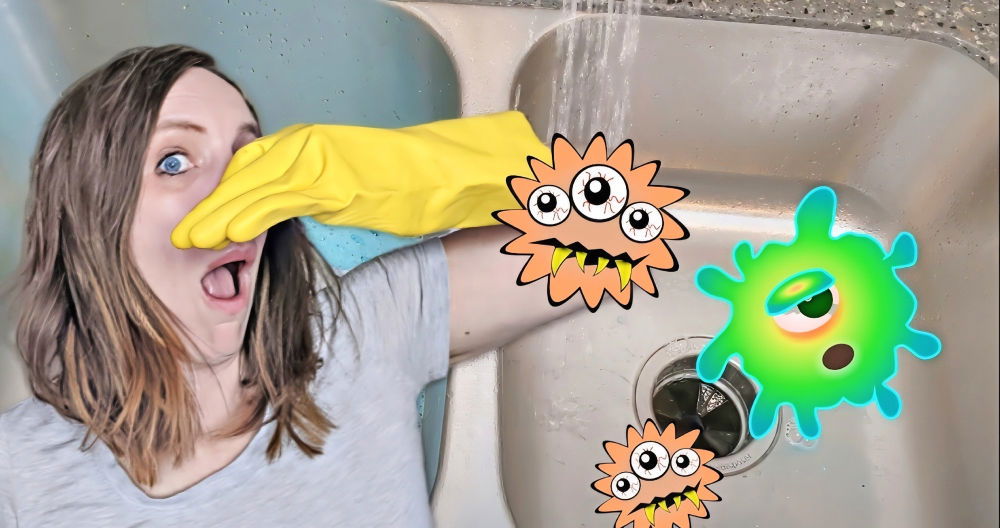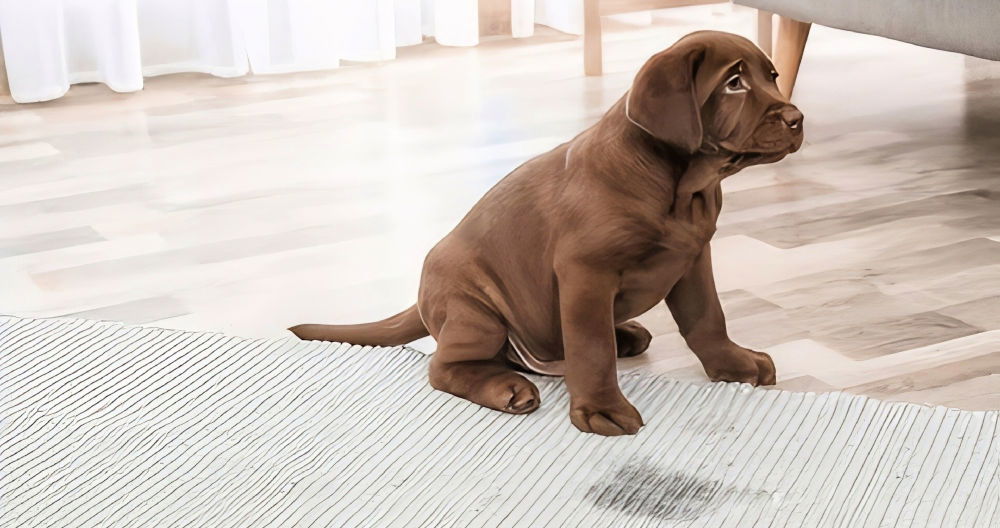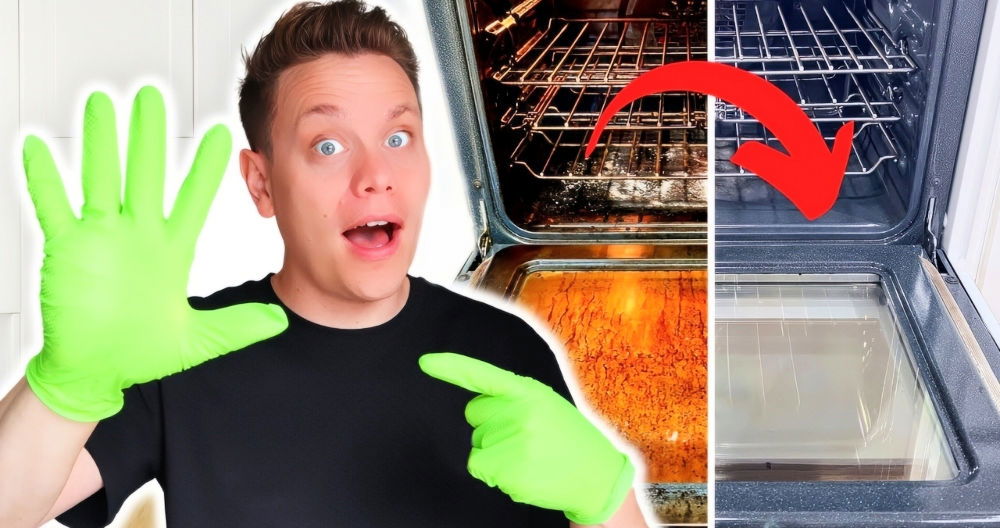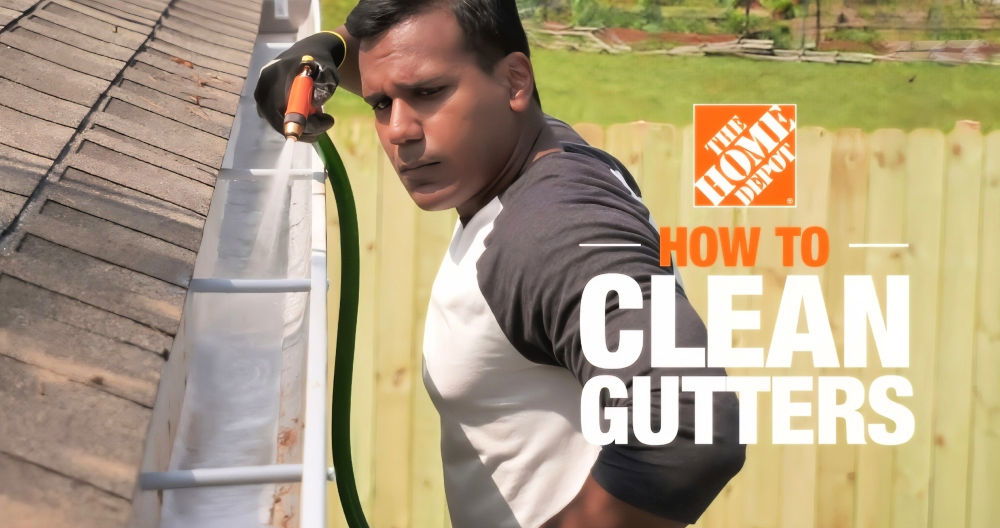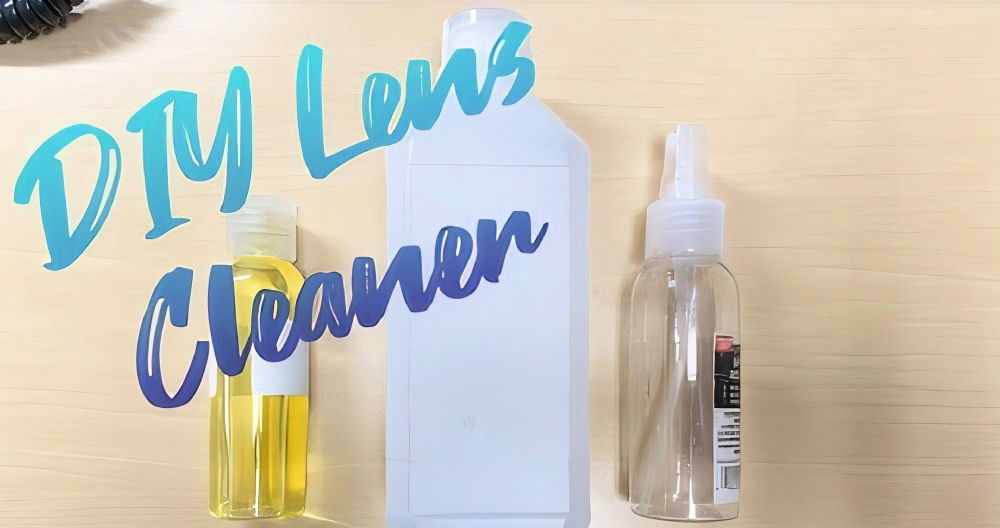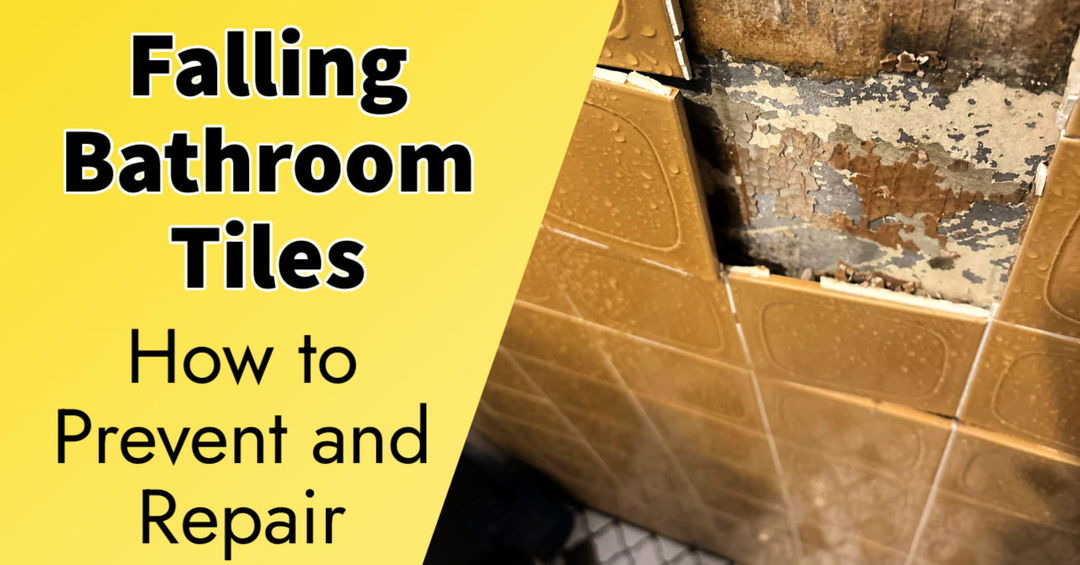One morning, I woke up feeling frustrated with how dingy my mattress had become. I realized that sleeping on a clean mattress is important for my health and comfort. Determined to fix the problem, I set out to find a quick and thorough way to clean it.
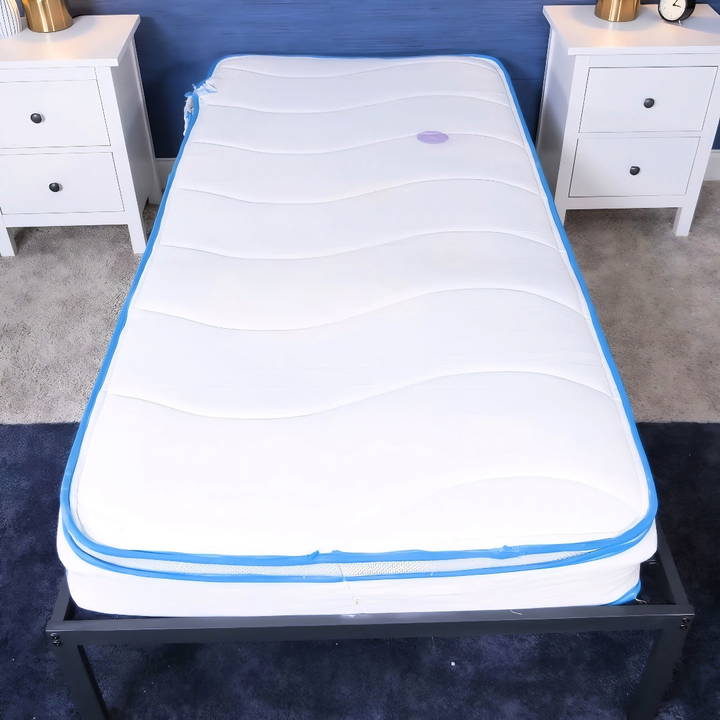
Through some simple steps and natural ingredients, I managed to transform my mattress back to its fresh state. It was easier than I thought, and now I sleep better knowing it's clean. Let me share how I cleaned my mattress so you can enjoy the same comfort.
I can't wait to show you how to clean your mattress quickly and thoroughly. These steps made a big difference for me, and they'll help you too.
Understanding Mattress Materials
When it comes to cleaning a mattress, knowing the type of material you're dealing with is crucial. Each material has its own needs and best practices for cleaning. Here's a simple guide to help you understand and care for your mattress material.
Memory Foam:
Memory foam mattresses are known for their comfort and support. They require gentle cleaning to maintain their structure.
- Vacuuming: Regularly vacuum your memory foam mattress to remove dust and allergens.
- Spot Cleaning: Use a mild detergent and water for stains, and avoid saturating the foam.
- Drying: Let the mattress air dry completely after cleaning to prevent moisture buildup.
Innerspring:
These traditional mattresses have coils inside and are often topped with a layer of padding.
- Rotation: Rotate your innerspring mattress regularly to distribute wear evenly.
- Deodorizing: Sprinkle baking soda on the surface, leave it for a few hours, then vacuum it off to keep it fresh.
- Deep Cleaning: Once a year, deep clean with a steam cleaner or a professional service.
Latex:
Latex mattresses are durable and resistant to mold and dust mites.
- Ventilation: Ensure good airflow around your latex mattress to prevent moisture retention.
- Washing: Use a damp cloth with mild soap to clean the surface.
- Protection: Use a breathable mattress cover to protect against spills and stains.
Hybrid:
Hybrid mattresses combine foam and innerspring layers.
- Care: Follow the cleaning recommendations for both memory foam and innerspring sections.
- Support: Use a firm base to prevent sagging and maintain the mattress's shape.
Airbeds:
Airbeds are made of PVC and require special care to avoid punctures.
- Cleaning: Wipe down with a damp cloth and mild soap.
- Maintenance: Check for air leaks and patch them promptly to maintain firmness.
Waterbeds:
These beds are not as common but still require specific maintenance.
- Conditioning: Use a vinyl conditioner to keep the material supple.
- Filling: Maintain proper water levels to avoid stress on the seams.
Maintain your mattress by using protective covers, cleaning spills quickly, and following care instructions. This ensures a durable and clean mattress for better sleep.
Materials Needed:
- Vacuum Cleaner: Essential for removing any loose debris from the mattress surface.
- Clear Dish Soap: Acts as a gentle yet powerful cleaning agent.
- White Vinegar: A natural deodorizer and disinfectant that's particularly effective on urine stains.
- Hydrogen Peroxide: Great for blood and other stubborn stains due to its lightening properties.
- Baking Soda: It's a natural cleaner and odor absorber, making it ideal for the overall refreshing of your mattress.
- Toothbrush & White Rag: For application and scrubbing of the cleaning solutions into the fabric.
- Two Empty Spray Bottles: We needed to mix and apply the cleaning solutions.
Step by Step Instructions
Learn how to clean a mattress effectively with step-by-step instructions to remove blood, urine, and stains for a fresh, hygienic bed.
Step 1: Preliminary Cleaning
First, strip your bed of all sheets and bedding. With your vacuum cleaner, thoroughly vacuum the mattress to rid it of any loose crumbs, dust, or dirt. This step ensures a clean slate before you tackle the stains directly.
Step 2: Tackling Blood and Urine Stains
For blood and urine stains, the key is prompt action; however, this method also offers hope for older stains.
- Mix Water and Vinegar: Combine equal parts of water and white vinegar in one of your spray bottles.
- Apply Baking Soda: Lightly sprinkle baking soda directly on the stains.
- Spray Vinegar Solution: Douse the baking soda-coated stains with the vinegar solution. You should see it froth slightly, indicating the chemical reaction is lifting the stain.
- Scrub: Gently scrub the mixture into the fabric with a toothbrush.
- Dry: Allow it to dry—this may take a few hours, depending on the amount of solution used.
- Vacuum: Once dry, thoroughly vacuum the area to remove any residue.
Step 3: Addressing Other Stains (Food, Drink, etc.)
For other types of stains:
- Make Peroxide Mixture: Fill the second spray bottle with a mix of half water and half hydrogen peroxide, then add two squirts of clear dish soap.
- Baking Soda: Generously apply baking soda across the stained area.
- Apply Cleaning Solution: Spray the peroxide mixture over the baking soda.
- Scrub: Use the toothbrush and white rag to scrub the area gently.
- Let it Sit: Allow the mixture to sit for at least 8 hours, or overnight. This duration gives it ample time to disinfect and deodorize the mattress.
- Final Vacuum: Vacuum the mattress to remove all baking soda and dried residue.
My Personal Tips
- Act Quickly: The sooner you tackle a stain, the better the chances of removing it.
- Patch Test: Always do a spot test with the solutions in an inconspicuous area to ensure there's no discoloration or damage.
- Regular Maintenance: Even if your mattress isn't visibly stained, a bi-yearly refresh using this method can significantly extend its life and improve your sleep quality.
Allergen Reduction Strategies
Reducing allergens in your mattress is key to a good night's sleep, especially for those with allergies or asthma. Here's a simple, step-by-step guide to help you minimize allergens:
Regular Cleaning:
- Vacuum: Use a vacuum with a HEPA filter to capture dust mites and pet dander.
- Frequency: Vacuum your mattress every two weeks or more often if you have severe allergies.
Protective Covers:
- Encasements: Invest in allergen-proof covers for your mattress and pillows.
- Material: Look for covers made from a tightly woven fabric that prevents allergens from penetrating.
Washing Bedding:
- Hot Water: Wash sheets, pillowcases, and blankets in hot water (at least 130°F) weekly.
- Dust Mite Covers: Use dust mite-proof covers for pillows and duvets for extra protection.
Dehumidify:
- Humidity Level: Keep the humidity in your bedroom below 50% to deter dust mite growth.
- Devices: Use a dehumidifier or air conditioner to maintain the right humidity level.
Air Purification:
- Air Purifiers: Consider using an air purifier with a HEPA filter in your bedroom.
- Placement: Position the air purifier close to the bed for maximum effectiveness.
Pet-Free Zone:
- Pets: Keep pets out of the bedroom to reduce pet dander on your mattress.
- Grooming: Regularly groom pets to minimize the amount of dander they shed.
Natural Remedies:
- Essential Oils: Some essential oils, like eucalyptus, may help ward off dust mites when diluted and sprayed lightly on bedding.
- Baking Soda: Sprinkle baking soda on the mattress, leave for a few hours, then vacuum it up to reduce odors and absorb oils.
Regular Maintenance:
- Sunlight: Expose your mattress to sunlight periodically to naturally kill dust mites.
- Replacement: Replace your mattress every 7-10 years to ensure it remains hygienic and supportive.
Implement these strategies to reduce bedroom allergens and improve sleep. Consistency is key, so make these practices regular.
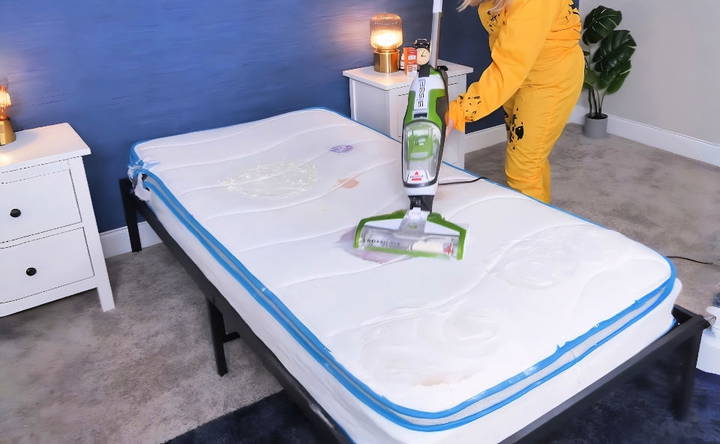
Mattress Maintenance and Care
Taking care of your mattress is essential for ensuring it provides the best support and comfort over its lifetime. Here's a practical guide to mattress maintenance and care:
Regular Rotation:
- Why: Rotating your mattress helps to distribute wear evenly, which can extend its life.
- How Often: Rotate your mattress every three to six months.
Use a Mattress Protector:
- Benefits: A protector defends against spills, stains, and wear and tear.
- Selection: Choose a breathable, waterproof protector to keep the mattress dry and clean.
Proper Support:
- Foundation: Ensure your mattress has the right foundation to prevent sagging. Check the manufacturer's recommendations.
- Check: Inspect the bed frame and box spring annually for wear and breakage.
Avoid Bending or Folding:
- Damage: Bending your mattress can damage its internal structure.
- Moving: When moving your mattress, keep it flat or on its side.
Keep It Clean:
- Vacuuming: Vacuum the mattress surface every month to remove dust and allergens.
- Spills: Clean spills immediately with a damp cloth and mild detergent.
Deodorize Naturally:
- Freshness: Sprinkle baking soda on the mattress, leave for an hour, then vacuum it off to neutralize odors.
- Sunlight: Air your mattress outside on a sunny day to eliminate odors and moisture.
Handle with Care:
- Lifting: Always lift your mattress by the handles if provided; never tug on the cover or edge.
- Weight: Don't stand or jump on your mattress, as this can damage the springs or foam.
Regular Inspections:
- Check: Look for signs of wear or damage, such as springs poking through or foam breakdown.
- Action: Address any issues promptly to prevent further deterioration.
Follow these steps to keep your mattress in great shape for years, ensuring comfort and rest.
Troubleshooting Common Issues
Maintaining a mattress in good condition is crucial for a comfortable sleep, but sometimes issues can arise. Here's a straightforward guide to troubleshooting common mattress problems:
Sagging:
- Cause: Sagging often occurs in the center of the mattress and is usually due to inadequate support from the bed frame or foundation.
- Solution: Ensure your bed has a sturdy frame with a center support bar and legs that touch the floor. This will help prevent the mattress from sagging.
Body Impressions:
- Cause: Body impressions, or indentations, form over time where the heaviest parts of the body rest.
- Solution: Rotate your mattress regularly to distribute wear evenly. For no-flip mattresses, rotate them end-to-end every three months during the first year and every six months thereafter.
Noisy Springs:
- Cause: Springs can become noisy when they lose tension or when the mattress's internal structure is compromised.
- Solution: Check the bed frame and box spring for any signs of wear and replace if necessary. If the noise persists, it may be time to consider a new mattress.
Persistent Odors:
- Cause: Odors can be trapped in mattress materials, especially if spills are not cleaned promptly.
- Solution: Deodorize your mattress by sprinkling baking soda, leaving it for a few hours, and then vacuuming it off. For persistent smells, a mattress-safe odor eliminator can be used.
Uncomfortable Mattress Firmness:
- Cause: Over time, the comfort layers of a mattress can break down, changing the firmness level.
- Solution: Use a mattress topper to adjust the firmness to your preference. Toppers come in various materials like memory foam, latex, or down.
Heat Retention:
- Cause: Some mattresses, particularly foam ones, can retain heat and feel too warm.
- Solution: Look for cooling mattress pads or toppers, and use breathable cotton sheets to improve airflow.
Allergies:
- Cause: Dust mites and other allergens can accumulate in mattresses.
- Solution: Use allergen-proof mattress and pillow encasements, and vacuum the mattress regularly with a HEPA filter vacuum.
Fixing these issues can extend your mattress's life and comfort. Regular care and quick problem-solving keep it supportive and clean for restful sleep.
FAQs About How to Clean a Mattress
Discover expert tips in our FAQs about cleaning a mattress. With easy-to-follow guidance, ensure your bed stays fresh and spotless.
Clean your mattress every six months to remove dust, dirt, and allergens. If you have allergies or pets, consider cleaning it more frequently.
Gather a vacuum cleaner with an upholstery attachment, baking soda, cold water, gentle laundry detergent, and clean clothes. Avoid using harsh chemicals that can damage the mattress fabric.
To remove stains, make a solution of equal parts cold water and gentle laundry detergent. Apply the solution to a cloth and dab the stain gently. Do not soak the mattress. For tougher stains, you can use an enzyme cleaner or a mixture of hydrogen peroxide and baking soda.
It's not recommended to use a carpet cleaner on your mattress as it can be too harsh and wet for the delicate materials. Stick to the methods mentioned above for safe cleaning.
After cleaning, let your mattress dry completely. Then, use a mattress protector to shield it from future spills, stains, and allergens. This will also make future cleanings easier.
Conclusion
Now that my mattress is clean and fresh, I sleep so much better. Taking the time to learn how to clean a mattress made a real difference in my comfort. If you're thinking about improving your sleep, I encourage you to try cleaning your mattress too.
It's simple, and effective, and you'll feel the benefits every night. Let's get started on making your bed a more comfortable place to rest.


